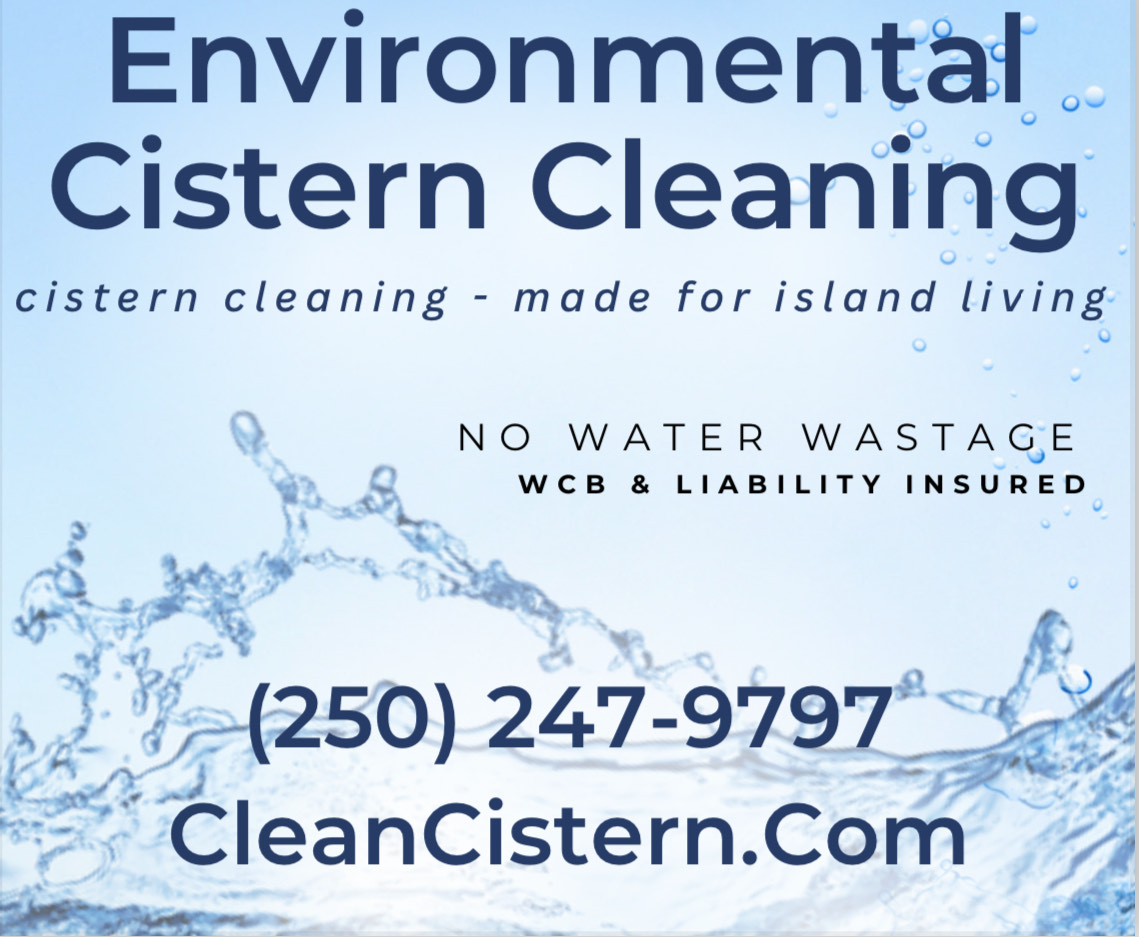Sounder News
At least 2,039 lives have been lost to unregulated drugs in the first 10 months of 2023, according to preliminary data released by the BC Coroners Service.
Three of those lives were lost on Gabriola Island.
According to the data provided from the Coroners Service, the provincewide death rate for the year is 45 per 100,000 residents, the highest such number ever recorded.
Three deaths on Gabriola means the island’s rate is 67 per 100,000 (based a 2021 census population of 4,500).
The health authority with the highest rate of death in 2023 is Northern Health, with 61 deaths per 100,000 residents.
Staff with the Coroners Service said there were two deaths in 2022, one in 2021, and one in 2020.
These deaths represent only those which have been investigated and confirmed through the Coroners Service to have been due to unregulated drug toxicity.
If a death is not investigated by the Coroners Service, or has been investigated and the death is determined to have been from another cause, it would not be captured in the data – even if that person’s health condition were exacerbated by the use of unregulated drugs.
In BC, October was the 37th consecutive month in which at least 150 deaths are suspected to have been caused by the toxic-drug supply were reported to the BC Coroners Service.
The 189 lives lost in October equate to approximately 6.1 lives lost per day. Consistent with historical trends, about seven of every 10 decedents in 2023 were between 30 and 59 years of age, and more than three-quarters were male.
The toxic drug crisis continues to devastate communities of all sizes throughout British Columbia.
While the largest number of deaths reported in 2023 has been in urban centres, such as Vancouver, Surrey and Victoria, the health authority with the highest rate of death in 2023 is Northern Health, with 61 deaths per 100,000 residents.
The provincewide death rate for the year is 45 per 100,000 residents, the highest such number ever recorded.
Toxicological testing confirms that the unregulated drug supply in the province remains dangerous and volatile.
Illicit fentanyl and its analogues are present in 85% of expedited test results, often in combination with other opioids and/or stimulants, including cocaine and methamphetamine.
The BC Coroners Service continues to monitor closely for the presence of prescribed safer-supply medications in its testing, with hydromorphone detected in approximately 4% of tests.
Earlier in November 2023, Interior Health issued a drug advisory warning people who use drugs that some substances being advertised as hydromorphone on the black market actually contain isotonitazine, a drug as dangerously potent as fentanyl.
The only way to be certain about the substances contained in a product that is purchased illicitly is through a drug-checking service.
Unregulated drug toxicity is the leading cause of death in British Columbia for people aged 10 to 59, accounting for more deaths than homicides, suicides, accidents and natural disease combined. The lives of at least 13,317 British Columbians have been lost to unregulated drugs since the public-health emergency was first declared in April 2016.
The number of deaths in October 2023 represents a 9% decrease from the number of deaths in October 2022 (208) and a 7% increase over the number of deaths in September 2023 (177).
By health service delivery area, in 2023, the highest rates were in Vancouver, Northern Interior, Central Vancouver Island, North Vancouver Island and Thompson Cariboo Shuswap.
By local health area, in 2023 (January-August), the highest rates were in Vancouver – Centre North, North Thompson, Greater Nanaimo, Vancouver – City Centre, and Terrace.
In 2023, 80% of unregulated drug deaths occurred inside (48% in private residences and 32% in other inside residences, such as social and supportive housing, SROs, shelters and hotels and other indoor locations) and 19% occurred outside in vehicles, sidewalks, streets, parks, etc.
Smoking is the most common mode of consumption in 2023 with 65% showing evidence of smoking, followed by injection (14%), nasal insufflation (14%) and oral (4%).
There is no indication that prescribed safer supply is contributing to unregulated drug deaths.




Recent Comments